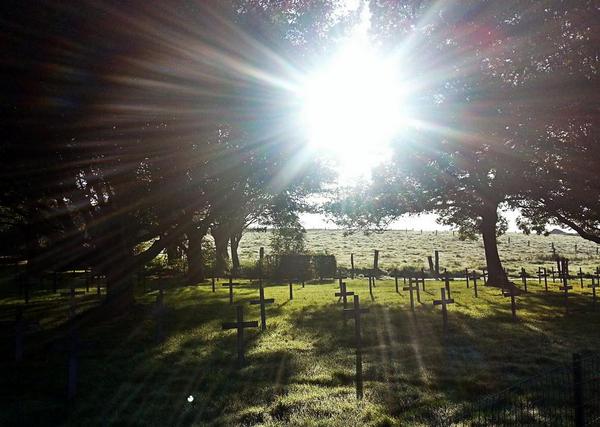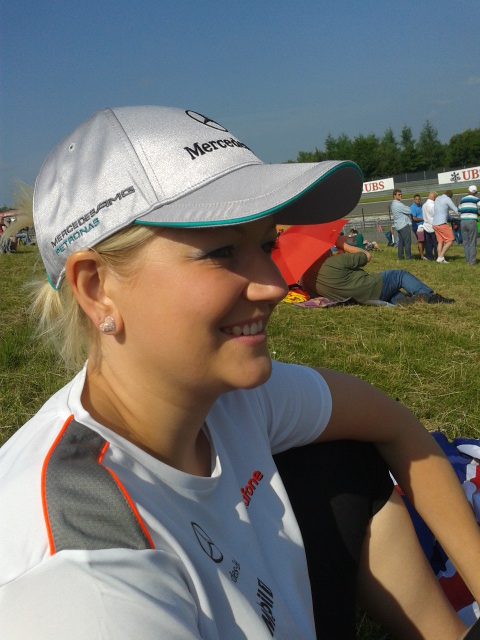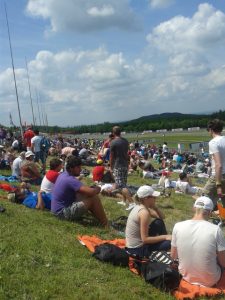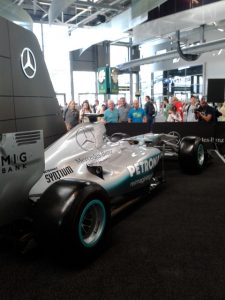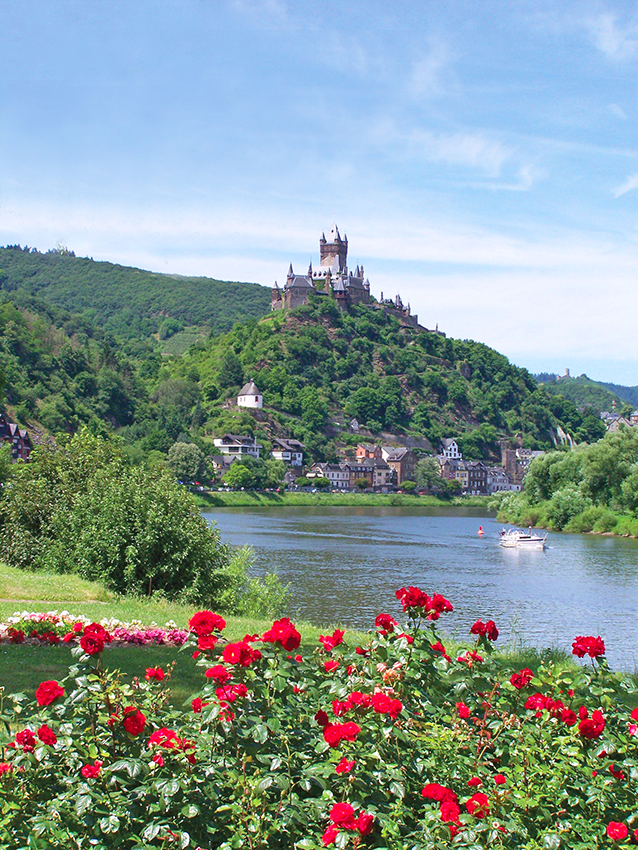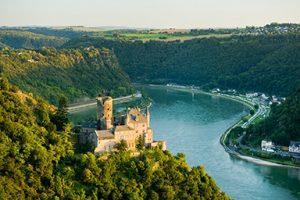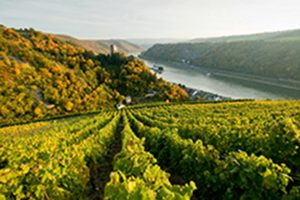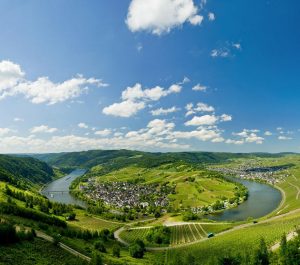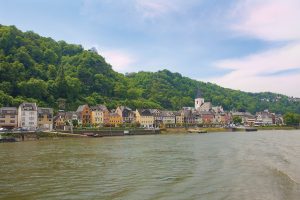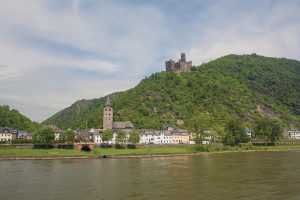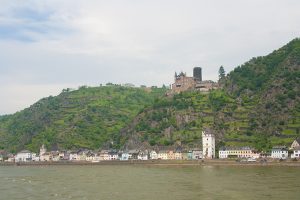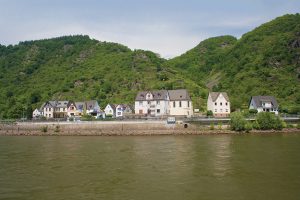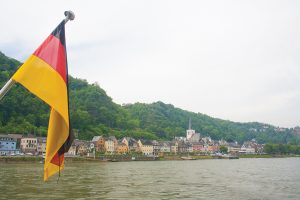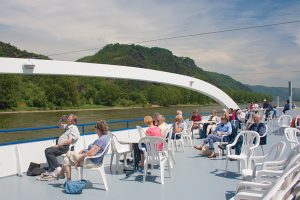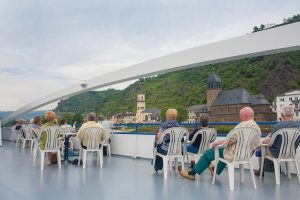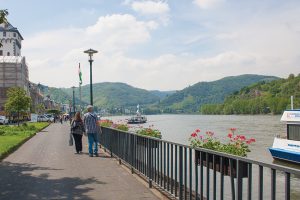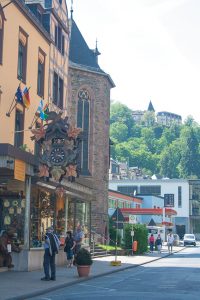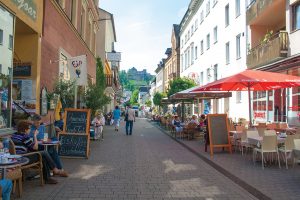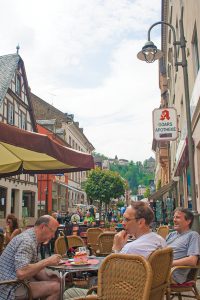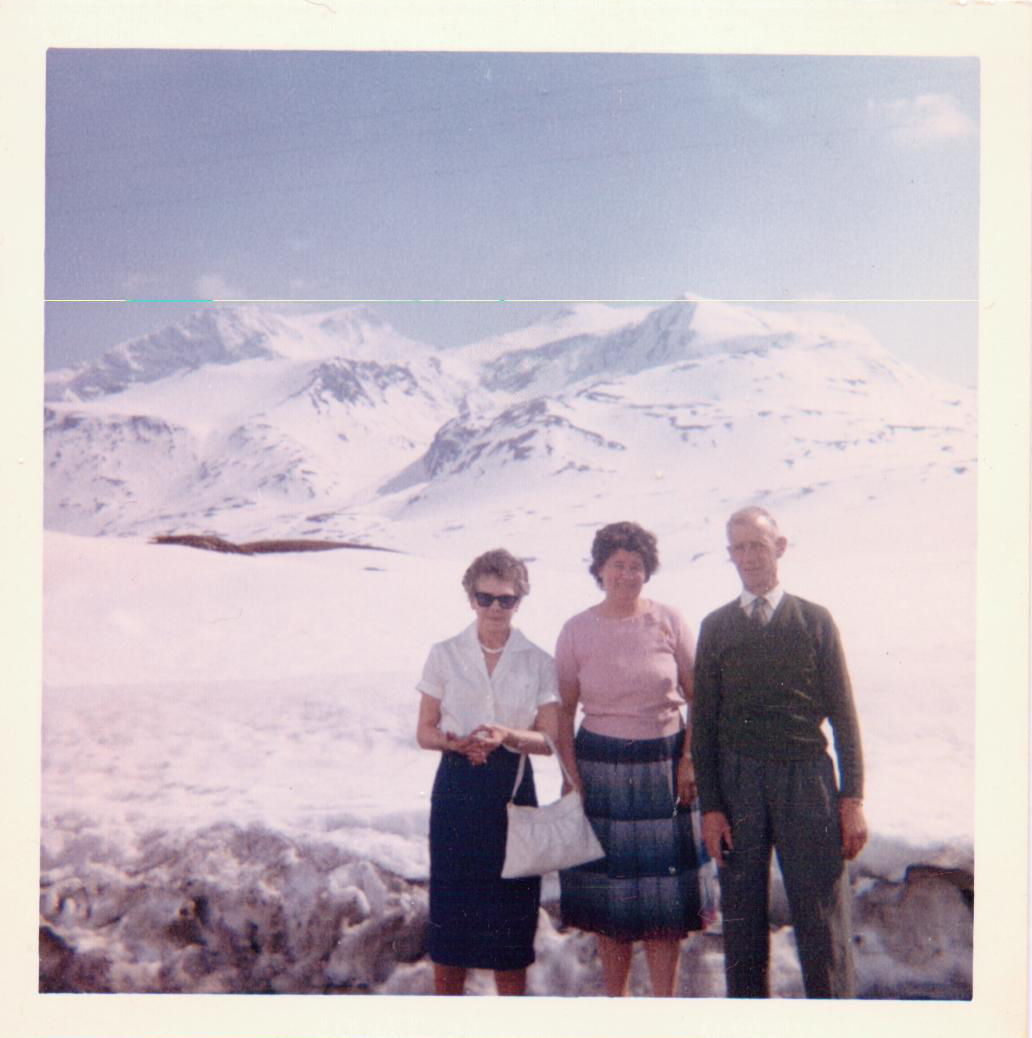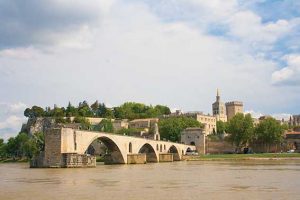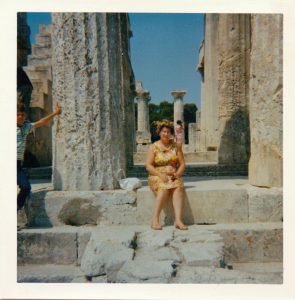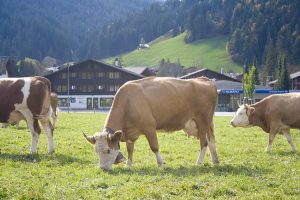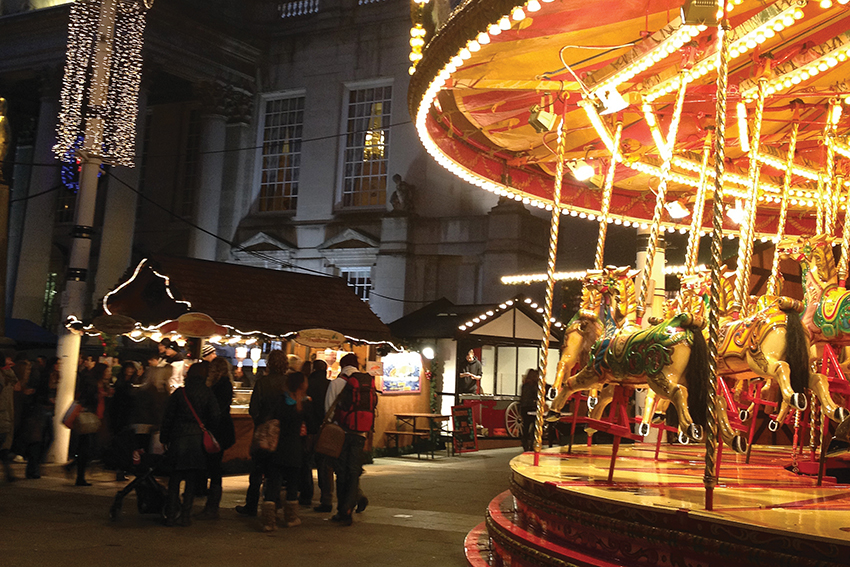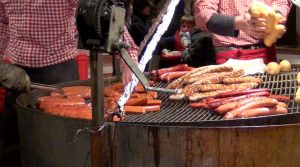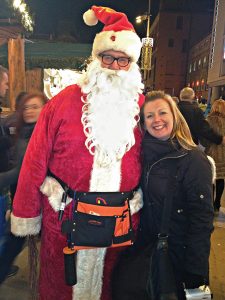We’ve hit the time of the year that we’re bombarded with chicks, Easter bunnies and enough chocolate eggs to keep even the most indulgent chocoholic happy for a few years.
It’s something that we’ve become accustomed to, with most of us expecting Easter eggs in the shops as soon as the Christmas decorations have come down, but it’s not the same across the globe. Even our European neighbours have their own ways of celebrating Easter. So, while we’re tucking into our Easter eggs this weekend, here’s what our European friends will be doing to celebrate.
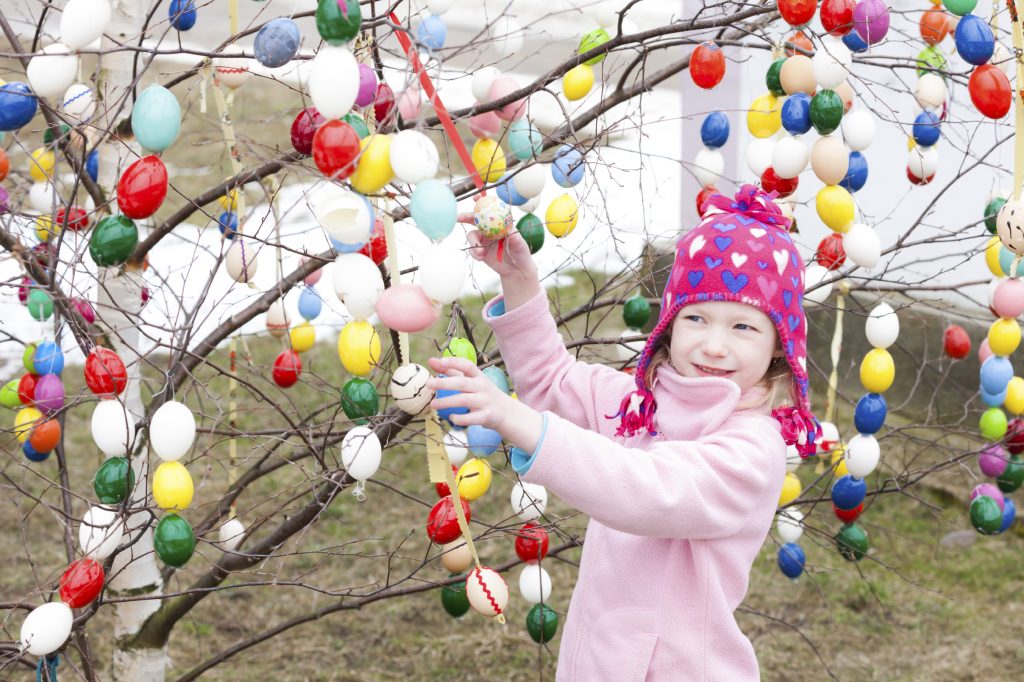
Germany
Germans prefer to use their eggs to decorate trees as part of the Sommertagszug festival. Although it’s held three weeks before Easter Sunday, Sommertagszug is still deemed an Easter celebration and is probably one of the most important holidays of the year in Germany.
Locals come out in their droves to officially welcome summer and tell winter that it’s time to take a hike. As well as the Easter tree, the festival also uses an Easter bonfire for a ceremonial burning of a specially made winter tree and a snowman. Not only is it a unique start to Easter celebrations, it’s certainly an extravagant way of welcoming the summer months in.
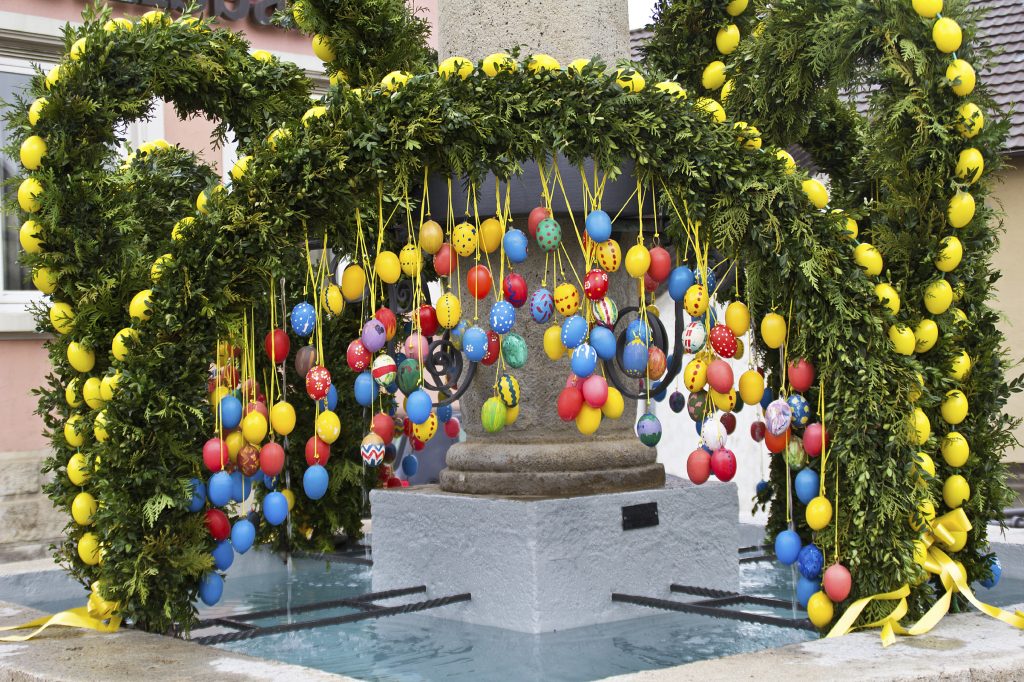
Switzerland
The Franconian Swiss, the people of Franconia in Northern Bavaria, focus their celebrations around water. Water, as we know, is a life source and since Easter is about celebrating life, they decorate their wells with Easter eggs, spring flowers and ribbons to celebrate the gift of life that the well provides them with.
They’re said to be not so fond the Easter Bunny too, however, the children don’t miss out. The Easter Cuckoo delivers Easter eggs instead.
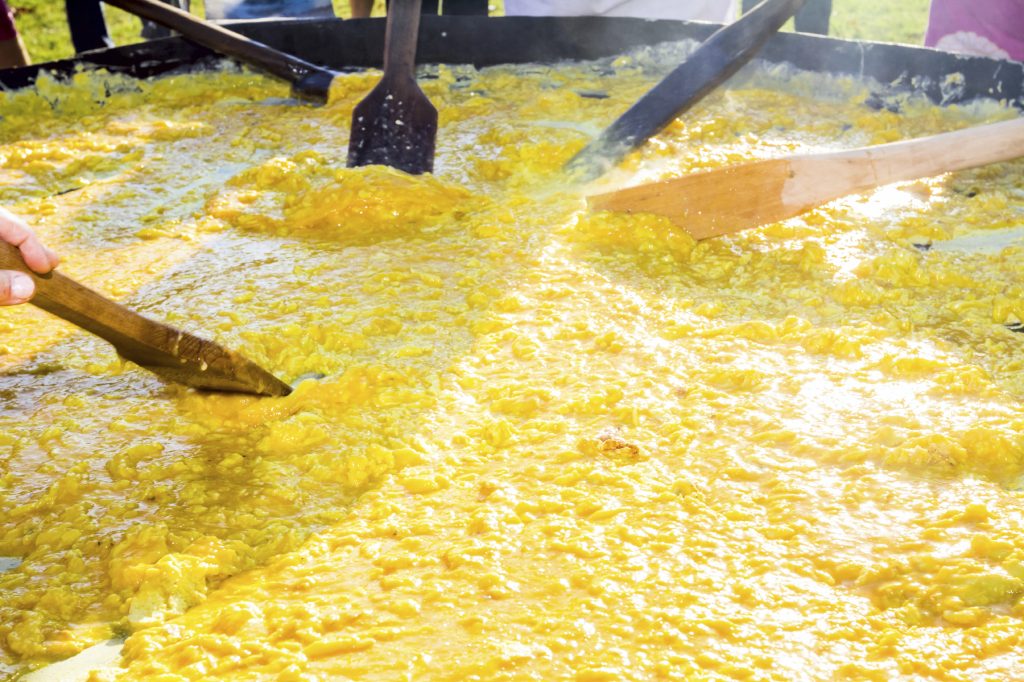
France
Now, forget about the chocolate egg, the French stick to the usual kind. In a tradition that supposedly goes all the way back to Napoleon.
In Haux, France, the residents celebrate Easter Monday by making an omelette of epic proportions. We’re talking 4,500 eggs in this recipe, several chefs armed with wooden paddles to make it and a giant skillet to cook it in.
Once cooked, the hungry residents can tuck in and enjoy their Easter omelette. It’s certainly a way to avoid a subsequent chocolate sugar rush.
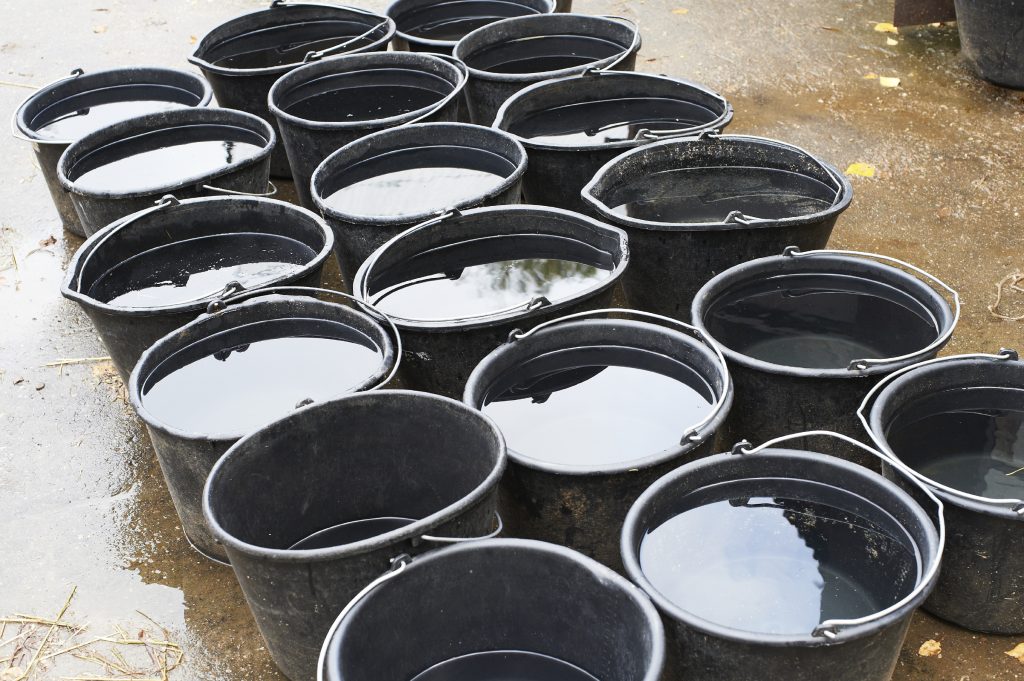
Poland
You may not have heard of it, but Smigus-Dyngus is a Polish Easter tradition you won’t forget in a hurry.
On Easter Monday, young boys gather with the intention of soaking girls in water. Buckets, water pistols and just about any other vessel can be used to partake in this game.
Although it may sound like an over the top water fights, the tradition had its origins in the baptism of Polish Prince Miezko on Easter Monday 966 AD.
Legend has it that if a girl gets soaked during Smigus-Dyngus, she will be married within the year. Let’s hope it’s a warm Easter in Poland this year.
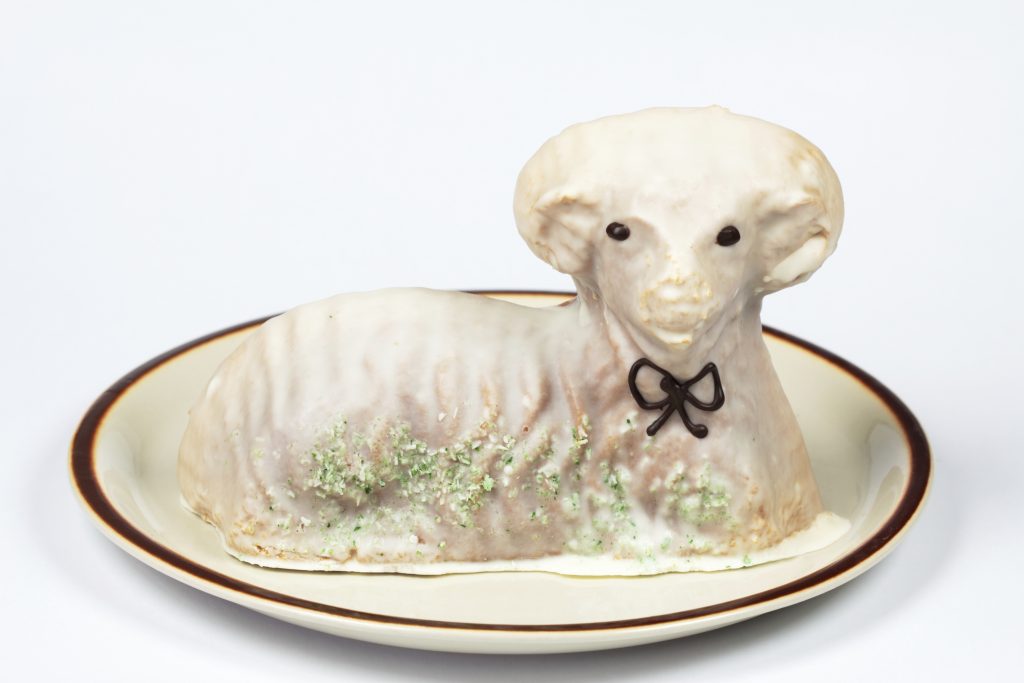
Russia
Come Easter time, shops in the UK are filled with arrays on chocolate treats in many shapes and sizes so a chocolate bunny certainly wouldn’t look out of place. Russians, however, prefer to have their treats to look like lambs. And they hold back on the chocolate too.
Yes, their Easter lamb treat is made out of butter. Russians believe that lambs are lucky as they’re the only animal that the devil couldn’t transform into. It certainly sounds calorific, but possibly not as tempting as a chocolate egg.

Norway
In Norway, Easter is a popular time for people to divulge in a little crime fiction. So much so that publishers actually bring out Easter Thriller Specials.
Known locally as Paaskekrimmen, the tradition is said to have begun in 1923 when a book publisher promoted their new crime thriller on the front pages of the newspapers over Easter. It’s said that the adverts resembled news stories so much, people didn’t realise it was a publicity stunt. Ever since the taste for Crime Fiction has stood firm over this holiday in Norway.
So, how will you be spending your Easter bank holiday?





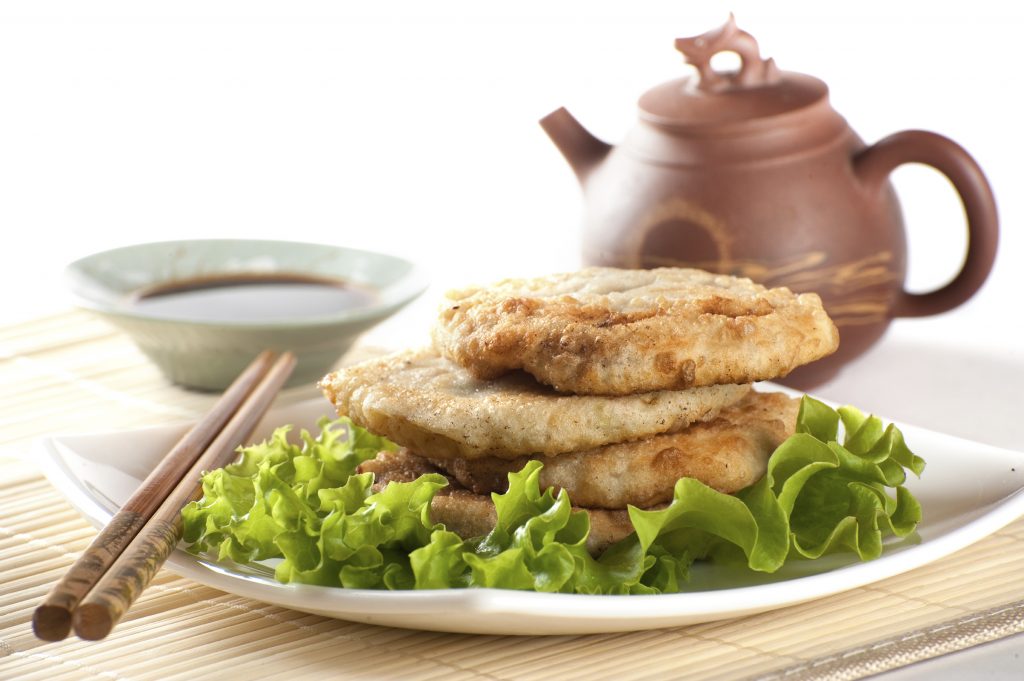
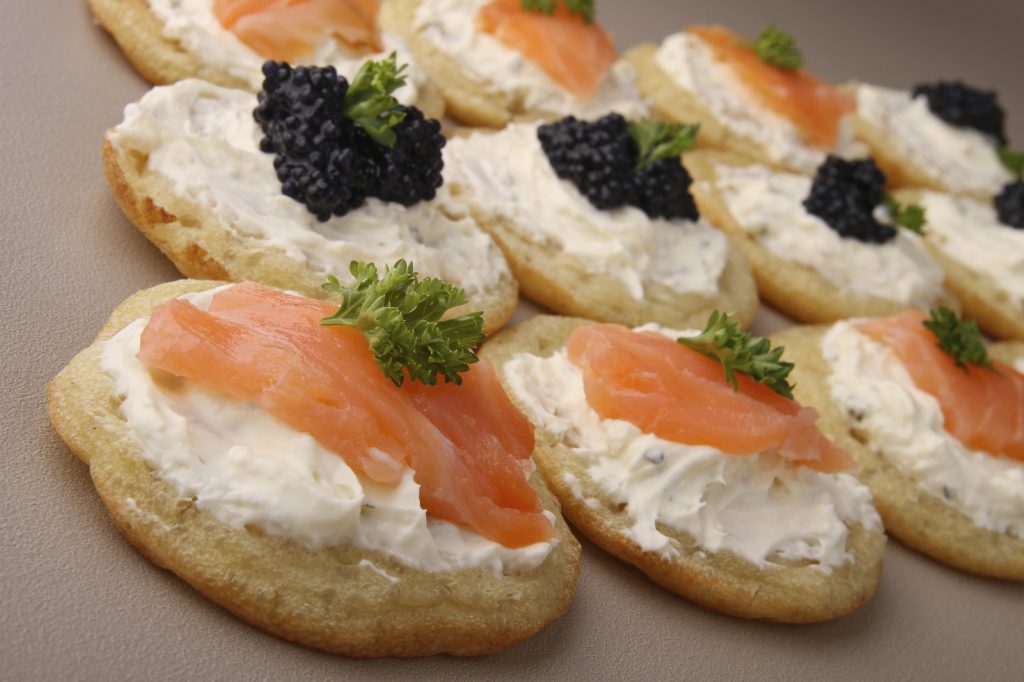
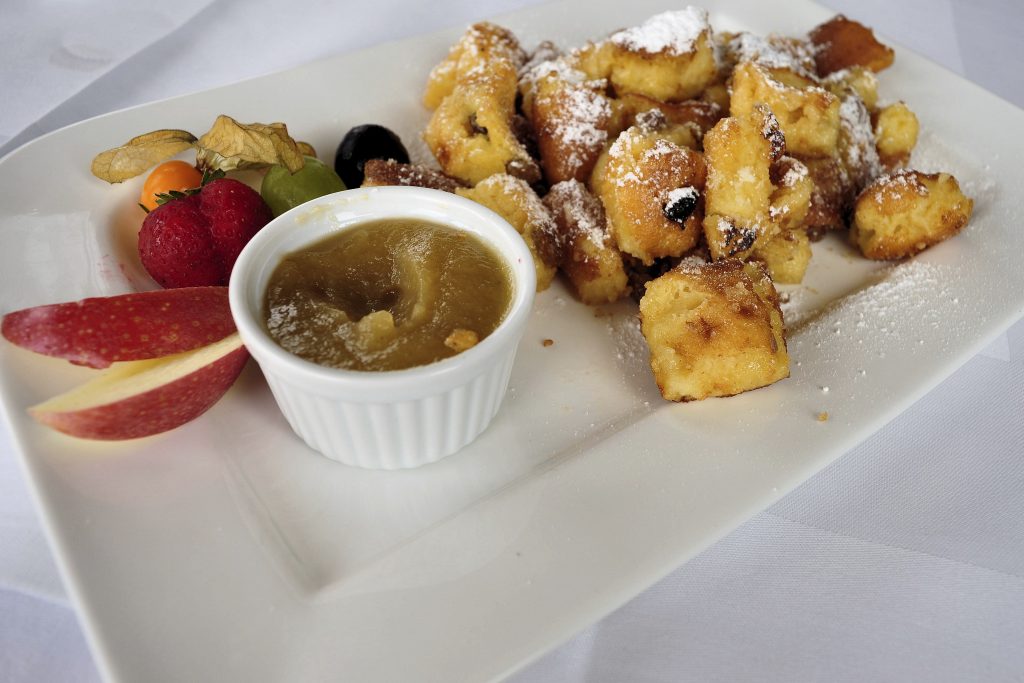




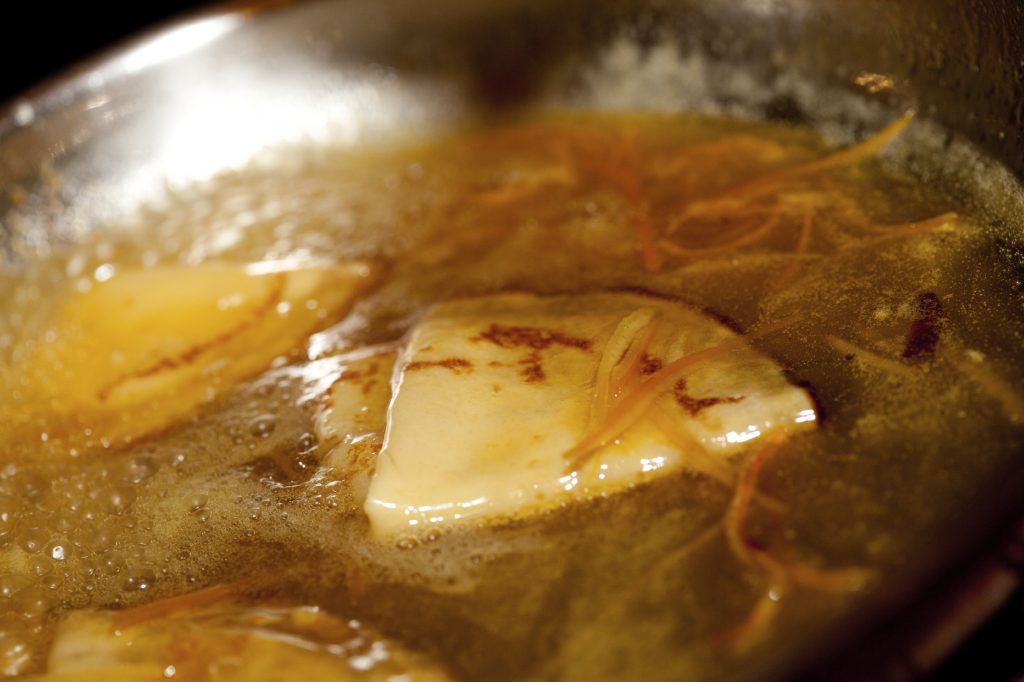
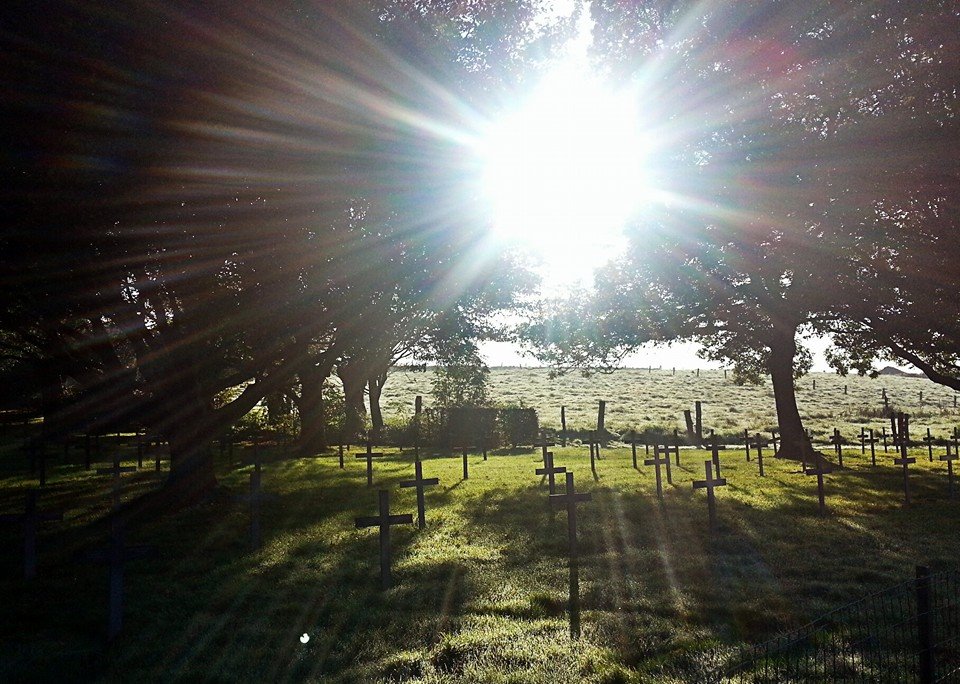
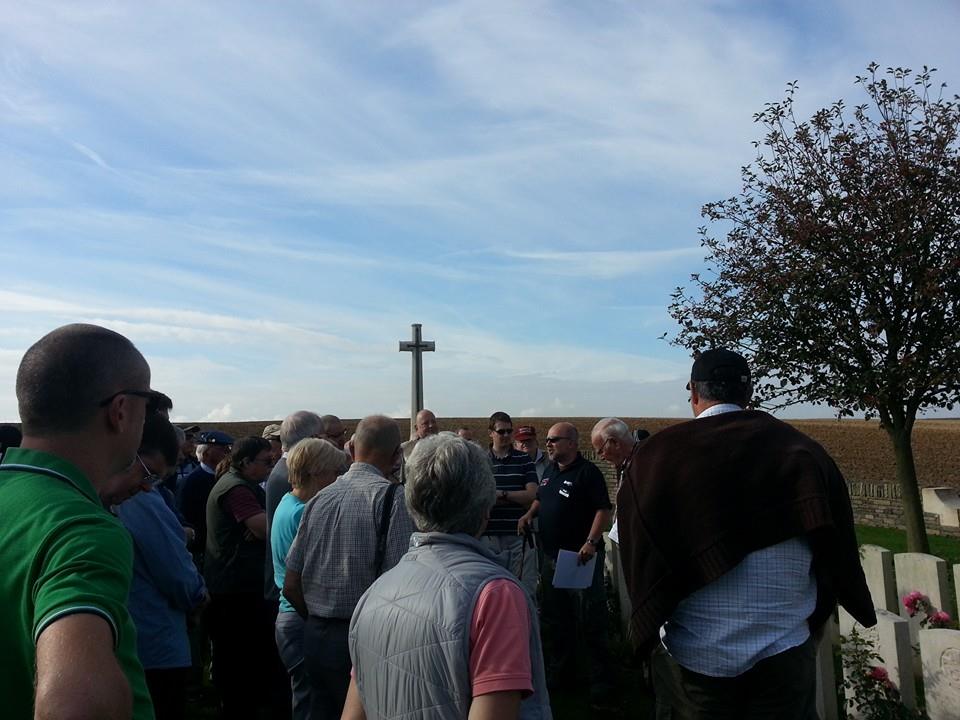
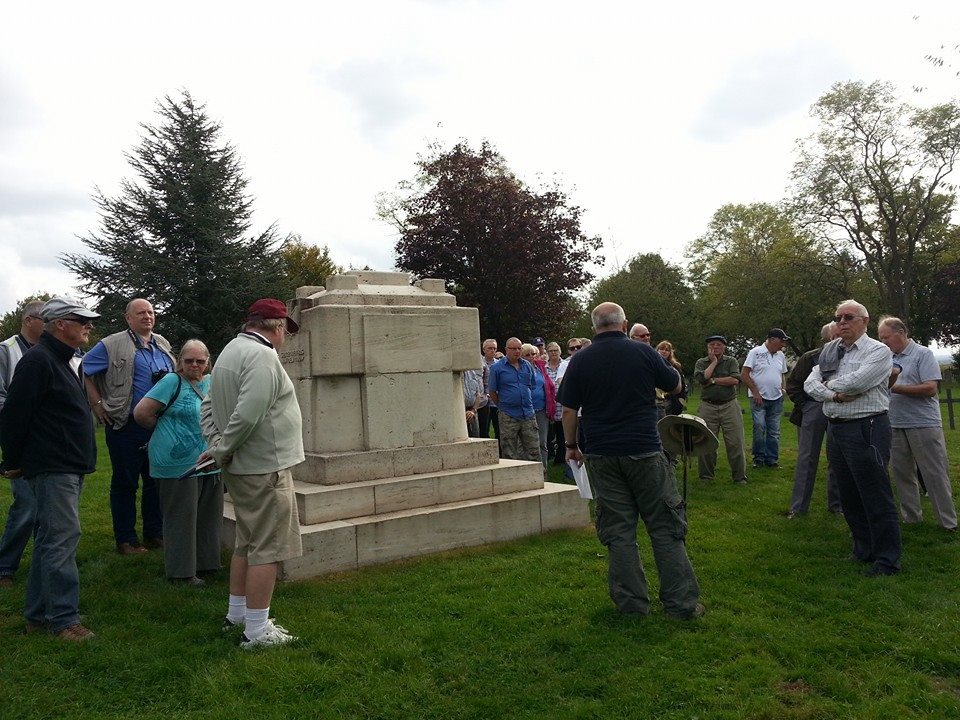
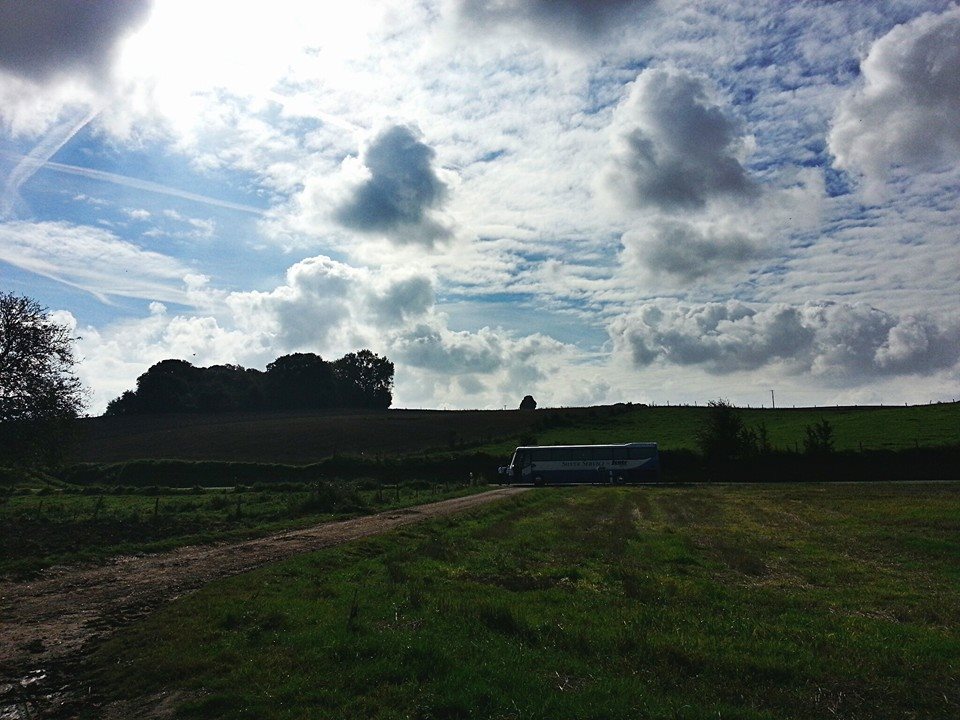
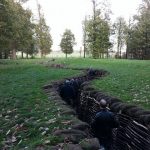
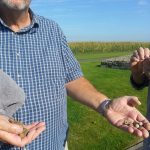
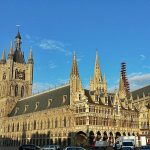
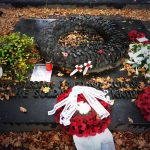
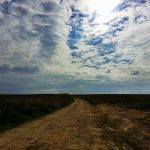



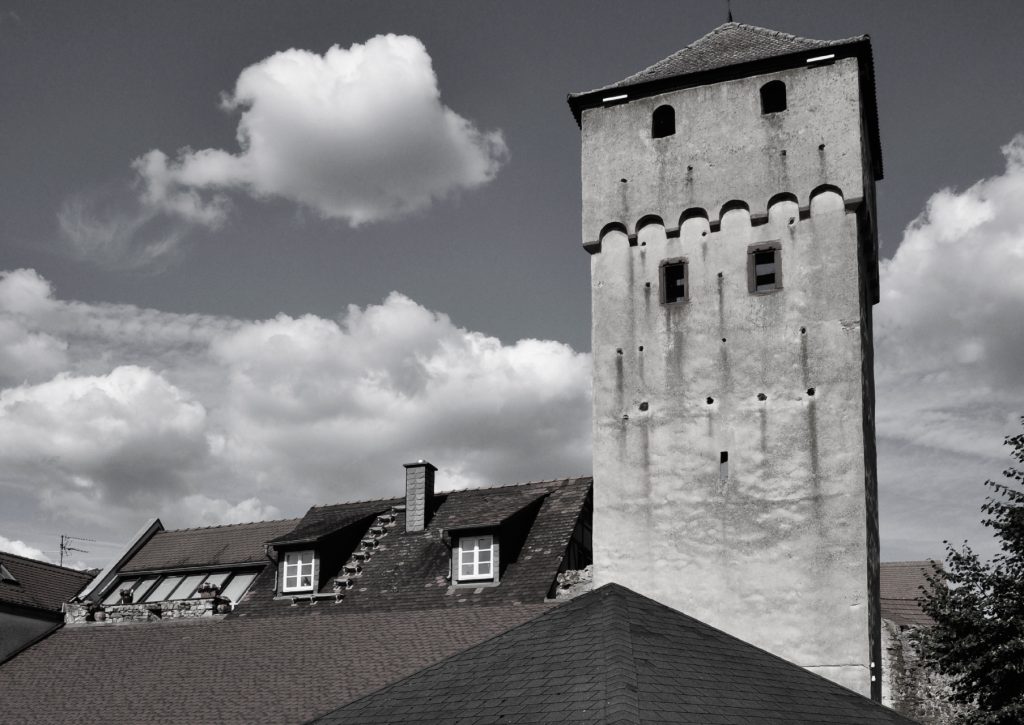

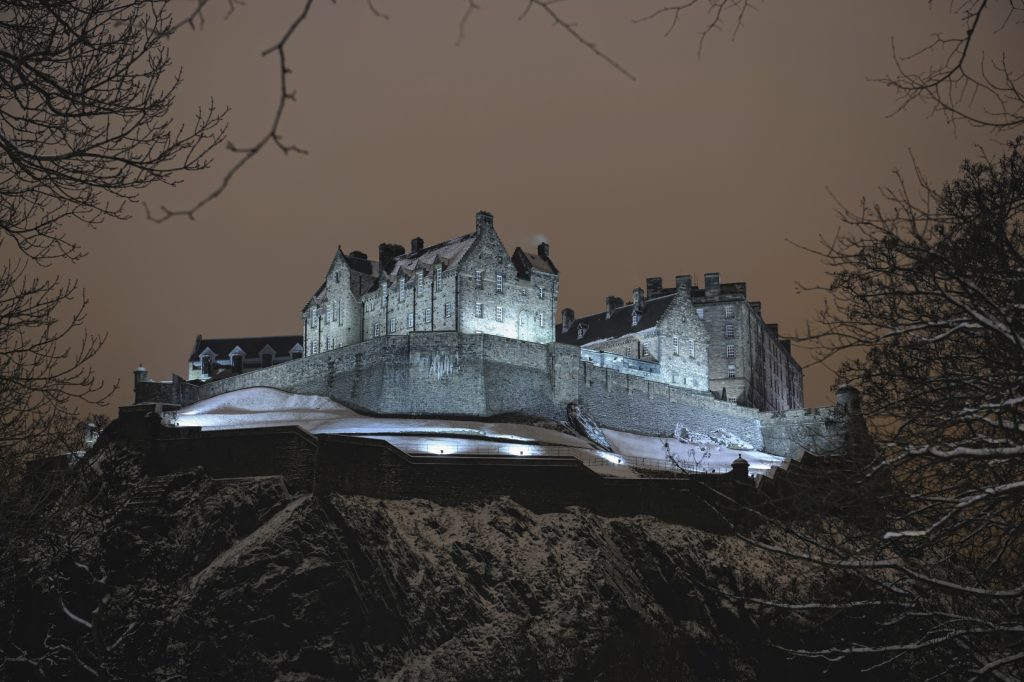

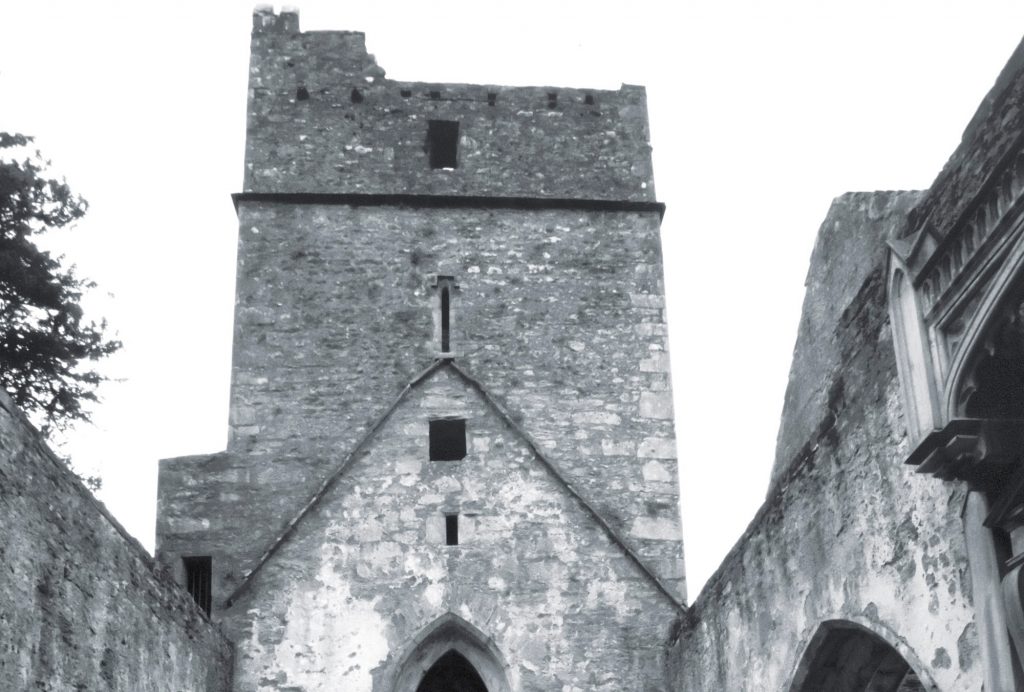


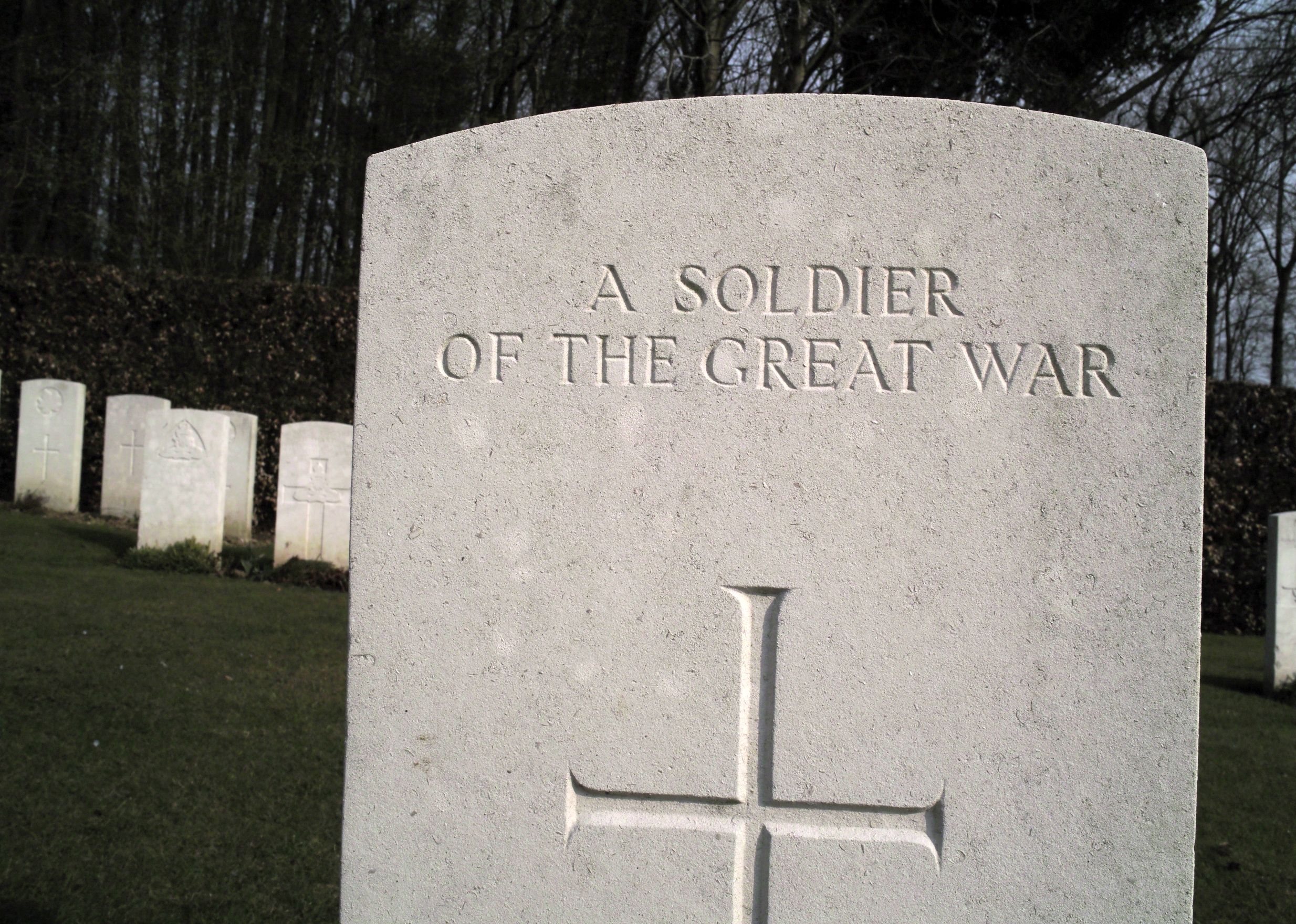
 The downside to this bias, of course, is that we miss the opportunity to garner a well-rounded appraisal of certain conflicts: the tactical approaches of Britain’s foes; the cultural impact war had on those countries; not to mention the personalities of the soldiers fighting for the other side, who are often demonised as cold, emotionless killers, when many – like our own men and women – were thrust into the field of combat against their will and better judgement.
The downside to this bias, of course, is that we miss the opportunity to garner a well-rounded appraisal of certain conflicts: the tactical approaches of Britain’s foes; the cultural impact war had on those countries; not to mention the personalities of the soldiers fighting for the other side, who are often demonised as cold, emotionless killers, when many – like our own men and women – were thrust into the field of combat against their will and better judgement.
